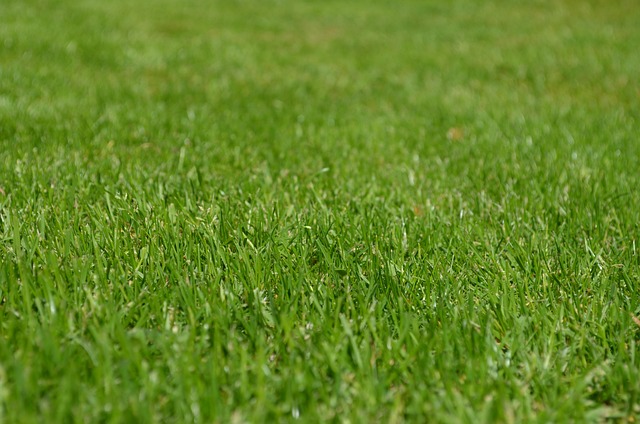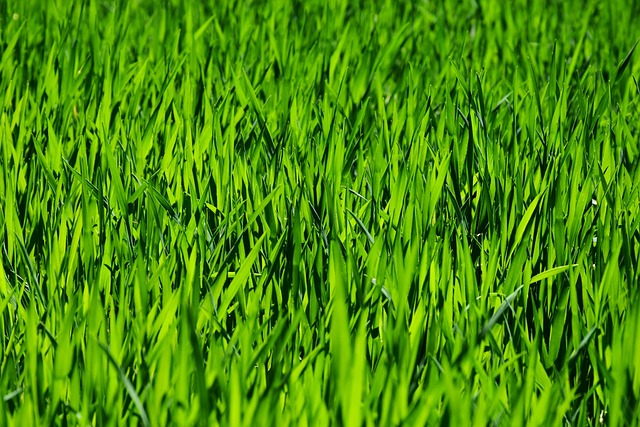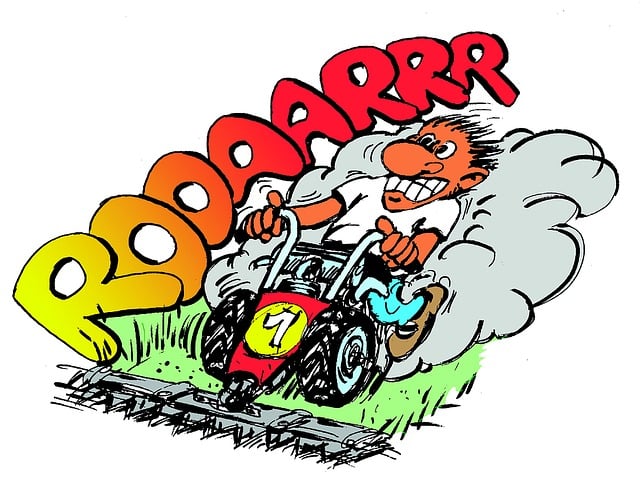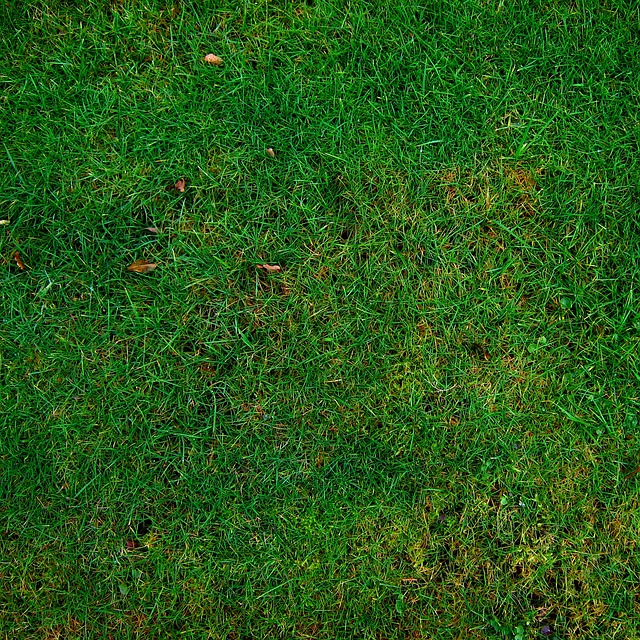Brown spots on lawns in Aurora are caused by issues like poor drainage, compacted soil, fungal infections, excessive thatch buildup, and nutritional deficiencies. Recovery treatments focus on identifying root causes and include topdressing with high-quality soil/compost, aeration, regular watering, fertilizing, and weed control to improve lawn health and resilience. Preventative measures involve consistent lawn care, minimizing foot traffic on soft grass, and early intervention to avoid future brown spots.
In the vibrant landscape of Aurora, maintaining a lush and green lawn is a priority. However, brown spots can disrupt this beauty, often caused by various factors like drought, pest activity, or nutrient deficiencies. This article delves into identifying the common causes of these unsightly patches in Aurora lawns. We offer effective recovery treatments to restore your lawn’s health and provide preventive maintenance tips to keep brown spots at bay, ensuring your yard remains a vibrant testament to your care.
- Identifying Brown Spots: Common Causes in Aurora Lawns
- Effective Recovery Treatments for Healthy Lawn Restoration
- Maintenance Tips to Prevent Future Brown Spot Emergence
Identifying Brown Spots: Common Causes in Aurora Lawns

Brown spots on your lawn can be a common concern for many homeowners in Aurora. These unsightly patches often indicate underlying issues that require attention to restore the health and vibrancy of your turf. Identifying the common causes is the first step towards effective recovery treatments. One of the primary reasons for brown spots is poor drainage, leading to waterlogged conditions or, conversely, severe drought stress. Compact soil from heavy foot traffic or equipment can also restrict water and nutrient uptake.
Fungal infections, particularly those caused by organisms like Rhizoctonia solani and Fusarium spp., are another significant contributor to brown spots. These fungi thrive in cool, moist environments, making them prevalent during the spring and early fall in Aurora’s climate. Excessive thatch buildup can also create an ideal habitat for these pathogens. Additionally, nutritional deficiencies or imbalances, such as iron or nitrogen deficiency, may result in chlorotic (yellowish-brown) spots due to reduced chlorophyll production.
Effective Recovery Treatments for Healthy Lawn Restoration

Lawn turf recovery is essential for restoring a healthy green space, especially after dealing with common causes of brown spots on lawns in Aurora, such as drought, insect infestation, or poor soil conditions. Effective recovery treatments can transform a struggling lawn into a vibrant oasis. One key approach involves applying topdressing, which consists of spreading a thin layer of high-quality soil or compost over the existing turf. This method improves soil structure, enhances drainage, and provides essential nutrients, fostering new growth.
Additionally, aeration is a powerful tool for promoting deep root development and overall lawn health. By creating tiny holes in the turf to relieve soil compaction, aeration allows water, nutrients, and oxygen to reach the roots more effectively. Together with regular watering, fertilizing, and weed control, these recovery treatments can significantly improve the appearance and resilience of your Aurora lawn, ensuring it thrives throughout the year.
Maintenance Tips to Prevent Future Brown Spot Emergence

Brown spots on your lawn in Aurora can be a common occurrence, often caused by various environmental and maintenance factors. To prevent future emergence, consistent lawn care is key. One of the primary causes is lack of water, especially during hotter months; ensure your turf receives adequate hydration, particularly in newly planted areas or places with poor drainage. Overcrowded grass also fosters conditions for fungal diseases, which can lead to brown spots; regular aeration and dethatching help maintain a healthy lawn structure.
Another significant factor is excessive foot traffic, which can compact soil and damage roots. Limiting heavy activity on soft grass and establishing clear paths can mitigate this. Additionally, applying the right amount of fertilizer at appropriate times promotes dense growth, making it harder for brown spots to develop. Monitoring and addressing these issues early will contribute to a lush, green lawn all year round.
In conclusion, understanding the common causes of brown spots on lawns in Aurora – from compacted soil and lack of nutrients to pest infestations and disease – is key to effective recovery. Implementing treatments like aeration, fertilizing, and targeted pest control, along with consistent maintenance practices, can restore health to your lawn and prevent future spot emergence. By following the strategies outlined in this article, you’ll be well on your way to a lush, green Aurora lawn.
